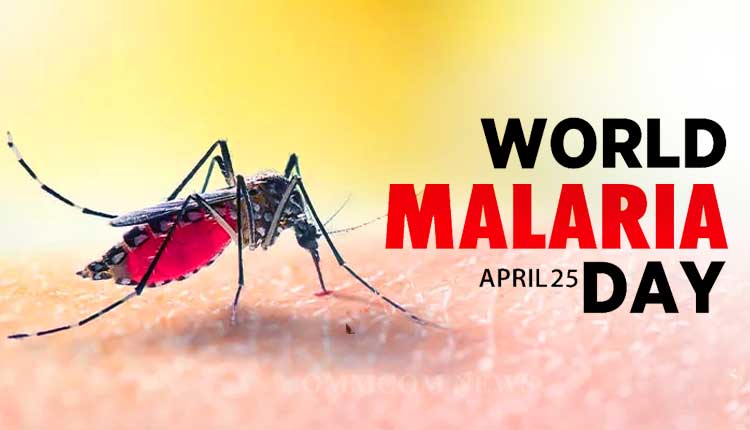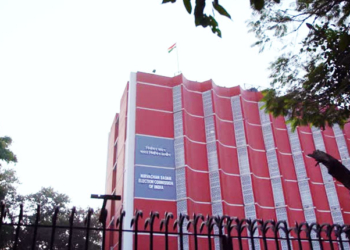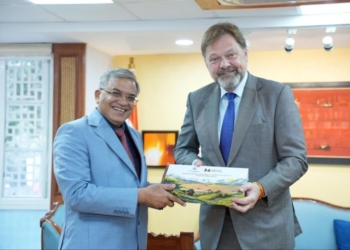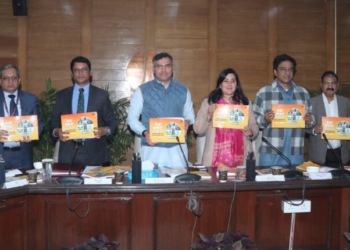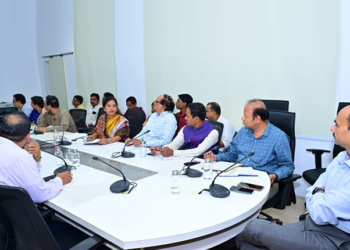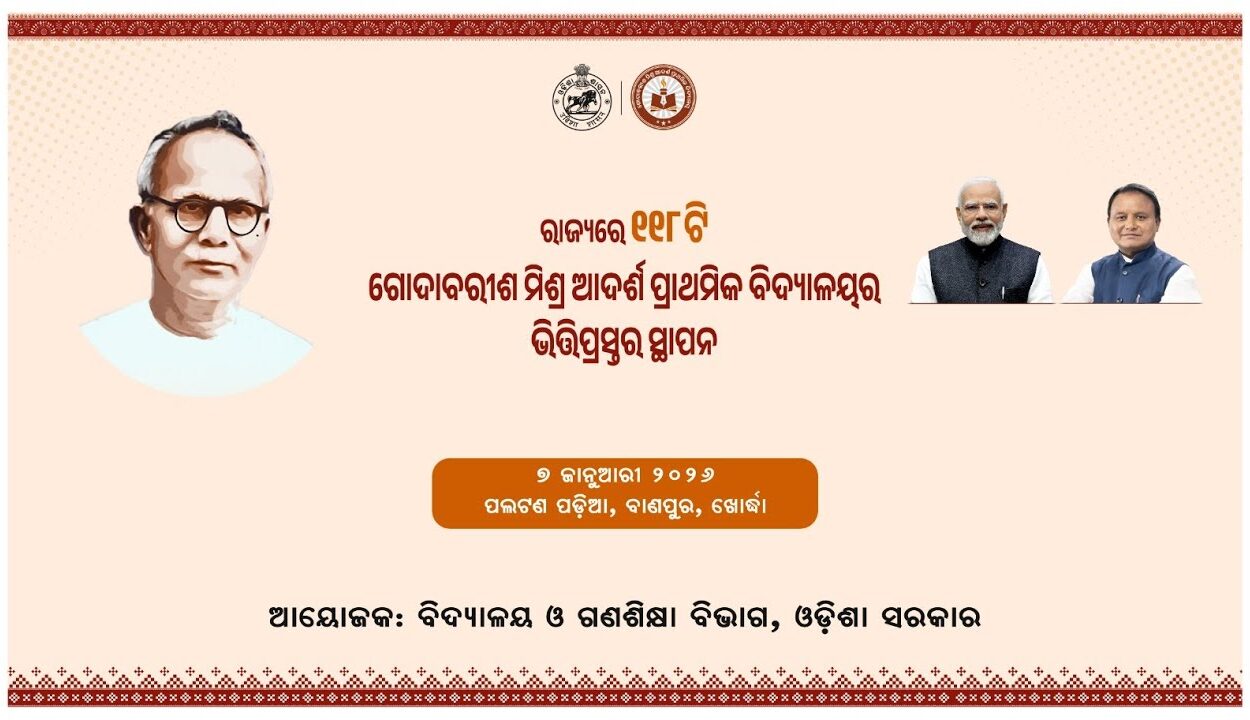Bhubaneswar: Malaria is a deadly disease caused by mosquito bites. This disease is quite common in tropical and subtropical countries. The common symptoms of Malaria include shaking, chills and high fever. However, this disease can be prevented with proper precautions and some preventive measures.
Every year, the world celebrates World Malaria Day on April 25, 2024, to raise awareness about the preventive measures against Malaria and what we can do to ensure that we don’t fall prey to the disease. On World Malaria Day, let’s understand the history and significance of this day apart from theme.
History
African governments have been celebrating Africa’s Malaria Day since 2001 which was changed to World Malaria Day at the World Health Assembly’s 60th session sponsored by the World Health Organisation (WHO). They decided that the world needs to be more aware and cautious about preventive measures against Malaria and mosquito bites. This is how this day came into being.
Significance
World Malaria Day urges people to come together to prevent the spread of this disease. This is a platform for international partners, foundations and companies showing their efforts in eradicating this disease and contributing to getting a better healthcare structure.
Theme
“On this World Malaria Day 2024, we unite under the theme ‑ Accelerating the fight against malaria for more equitable world. This theme, which is in sync with this year’s World Health Day theme – My Health, My Right, underscores the urgent need to address the stark inequities that persist in access to malaria prevention, detection, and treatment services,” stated Saima Wazed, WHO Regional Director for South-East Asia on the official website of World Health Organisation.
Symptoms of Malaria
The first symptoms usually begin within 10–15 days after the bite from a mosquito. The common symptoms include Fever, headache and chills, which may be mild and difficult to recognise. However, in malaria endemic areas, people who have developed partial immunity may not experience such symptoms.
Treatment for Malaria
Malaria is a curable disease and it can be treated through early diagnosis. The most common medications that are used for the treatment of malaria are Quinine, Doxycycline, Chloroquine, Artemisinin, Mefloquine and Atovaquone.
India Malaria Programme
The India Malaria Control Program, now the National Vector Borne Disease Control Programme (NVBDCP), has evolved since the 1950s. Initially focusing on DDT spraying, it shifted to comprehensive strategies like bed nets, ACTs, and RDTs. Successes include reduced cases and deaths, especially in high-risk states like Odisha. Challenges include drug resistance and remote-area transmission. Key strategies for success are vector control, early diagnosis with ACTs, robust surveillance, and community engagement. Despite progress, ongoing efforts and innovation are needed to meet the goal of malaria elimination by 2030.




